This book makes an extensive study of the art and culture of Awadh during the Nawabi period (c.1722-1856), with a focus on the city of Lucknow, Its strength lies in Its profound deployment of evidence scattered in a variety of primary and secondary sources, especially in the Persian and Urdu languages, in its study of Visuals and artifacts, as well as of the performance traditions and craft techniques which are derived from the period. It also discusses how under the fostering care of the nawabs, Awadh came to epitomize all that was magnificent, refined, and cosmopolitan, and Lucknow emerged as cultural node during the nineteenth century. It also traces how the rulers of Awadh presided over the creation of the Shi; a heritage in northern India which had strong association with Indian Cultural traditions.
Highlighting the literary milieu of the period, and the developments in the realm of music, painting, architecture, and the industrial arts, this volume also explores how some of the arts and crafts assumed considerable European colour due to the interaction between Europeans and the Awadh elite, and demonstrates how the ethos of the syncrtic Indo- Persian culture, the renowned ganga-jamuna tahzib that represented Persian aesthetics and Indian cultural values, remained intact.

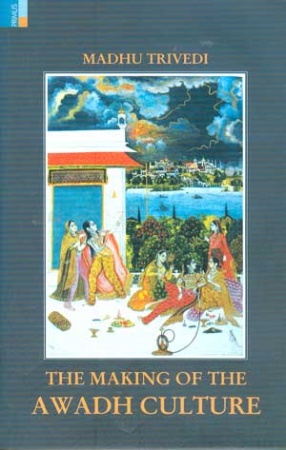
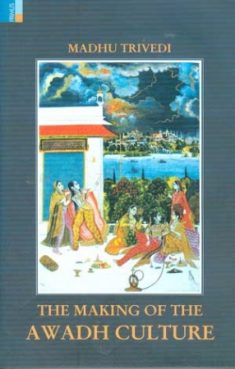
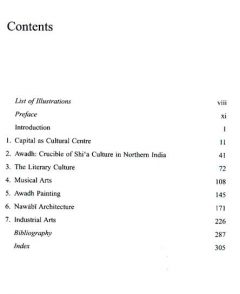

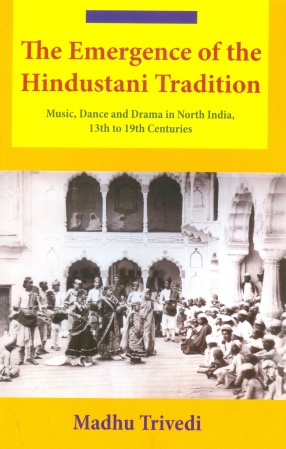
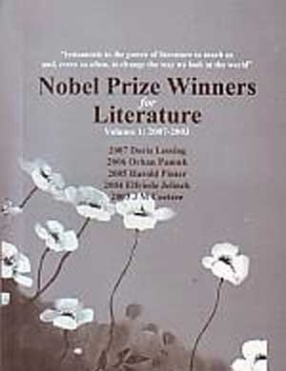


There are no reviews yet.